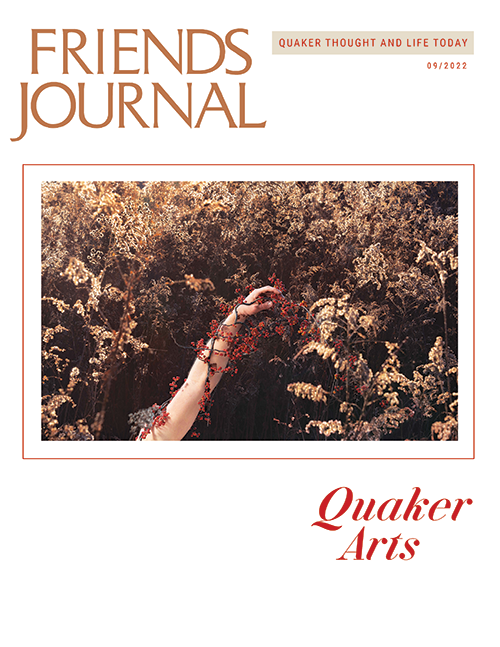Pearson—Bruce Leonard Pearson, 89, on July 14, 2021, at Mayo Clinic Hospital, Saint Marys Campus, in Rochester, Minn. He was born on April 30, 1932, to Leonard and Hildred Pearson in Indianapolis, Ind., where he spent most of his childhood. Bruce remained a fan of the Indy 500 races all his life.
Bruce graduated from Earlham College in Richmond, Ind., in 1953. A conscientious objector, his alternative service was under the auspices of American Friends Service Committee (AFSC) in Japan, teaching a year at Friends School in Tokyo, followed by three years at Tezukayama College in Osaka while helping with AFSC projects.
Upon returning to the states, he taught at Shortridge High School in Indianapolis, pursuing a degree in linguistics at Indiana University during the summers. He was awarded a master’s degree in 1963. Bruce accepted a position at Earlham College as an administrator and faculty member. The college was developing the Conner Prairie Pioneer Settlement, a living history museum built around the homestead of William Conner, one of the state’s pioneer settlers. Bruce’s focus on the settler was quickly eclipsed by his interest in the Delaware people, with whom Conner had grown up. With his study of languages and the seeds of culture embedded within grammar structures and vocabulary, Bruce decided to pursue a doctoral degree at the University of California, Berkeley. While there he began research on the Delaware languages, working under the direction of Mary R. Haas, an Earlham graduate in 1930. Upon completing his degree in 1972, Bruce accepted a faculty position at the University of South Carolina to teach English, linguistics, and other anthropology courses, retiring in 1997 as professor emeritus. He worked throughout his academic career on Delaware and Shawnee, both members of the Algonquian language family.
In 1994, while speaking at a conference on the historic tribes of Tuscarawas County, Ohio, Bruce met Jim Bland, then the second chief of the Wyandotte Nation, who asked him to help the tribe preserve their own language, a member of the Iroquois language family.
Bruce worked tirelessly against the death penalty and was a volunteer teacher for South Carolina’s death row inmates. He protested, gave presentations, wrote letters and articles, and persistently lobbied for a just legal system. He loved baseball and umpired for many years for the Dixie Youth Baseball League. Upon retirement and moving to Bloomington, Ind., Bruce was a volunteer teacher in the local jail. He acted in community theater, wrote plays for First-day school, and produced an opera about death row, for which he wrote the libretto. He was honored by Earlham College as an “Alumni of the Year “ in October 2012, and his opera Midsummer was performed as part of the homecoming and reunion festivities.
Bruce built miniature golf courses in each of his homes, hosting friends and family to tournaments. He created a rock garden in his Bloomington home modeled after the Ryoanji Temple Rock Garden in Kyoto, Japan. Throughout his life, Bruce was a member of the Religious Society of Friends, transferring his membership to the meetings where he lived and serving on many committees in his monthly, quarterly, and yearly meetings. At the time of his death, he was a member of Rochester (Minn.) Meeting.
Bruce’s papers and research are preserved at the American Philosophical Society in Philadelphia, Pa.
Bruce is survived by his wife of 32 years, Julia (Knox) Pearson; four children, Sarah Columbus, Thomas Pearson (Tracey), Cresta Cates (Colleen Coulter), and Kate Remmes (Nicholas); 11 grandchildren; a sister, Susan Steeves (Kenneth); the Knox brothers- and sisters-in-law; and many nieces and nephews.



Comments on Friendsjournal.org may be used in the Forum of the print magazine and may be edited for length and clarity.